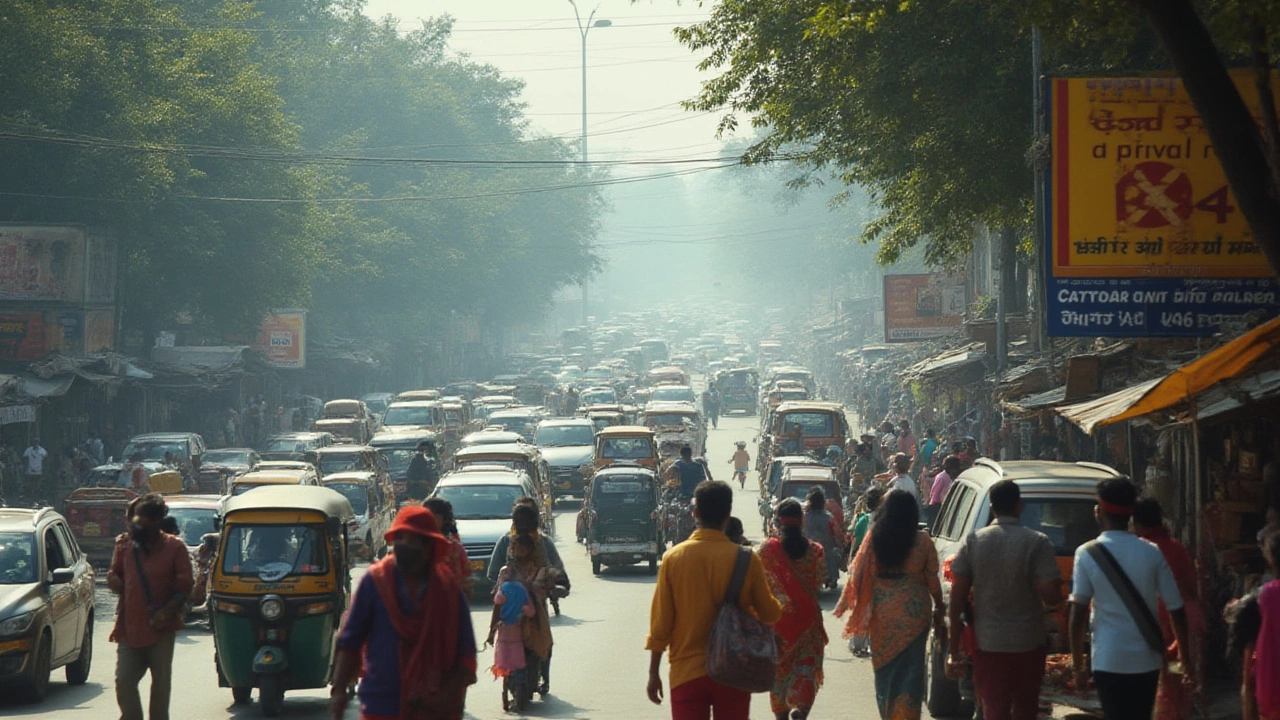Emission Standards India: A Practical Guide
If you own a car, run a workshop, or just care about the air you breathe, India's emission standards matter to you. The government has tightened rules over the years to cut pollution, and the changes affect everything from the price of a new bike to the cost of a factory’s fuel bills. This guide breaks down the most important points in plain language so you can stay compliant, avoid fines, and understand why cleaner air is good for business and health.
Understanding Bharat Stage Norms
India follows the Bharat Stage (BS) system, which is similar to Europe’s Euro standards. BS‑I started in 2000, BS‑II in 2005, and the current rule is BS‑VI, which began on April 1, 2020. Each step forces manufacturers to reduce pollutants like nitrogen oxides (NOx), carbon‑monoxide (CO), and particulate matter (PM). BS‑VI limits are roughly 20‑30 % stricter than the old BS‑IV rules.
Why does this matter? A BS‑VI vehicle uses advanced fuel injection, better catalytic converters, and cleaner diesel blends (CNG or ultra‑low‑sulfur diesel). That means less smoke from a truck in Delhi and lower maintenance costs for owners because engines run more efficiently. If you’re buying a used car, check the registration certificate – it will list the BS level. Anything below BS‑VI is now illegal for new registration in most cities.
How Emission Standards Affect You
For manufacturers, meeting BS‑VI means redesigning engines, investing in new testing labs, and sometimes importing technology. The upfront spend can be high, but the payoff comes as higher resale values and eligibility for government incentives like subsidies on electric vehicles.
For drivers, the impact is visible at the pump. BS‑VI fuel costs a little more, but the fuel burns cleaner, giving better mileage over time. If you run a fleet, you’ll need to upgrade or retrofit older diesel trucks with after‑treatment kits – an expense that can be spread over a few years.
Regulators conduct random roadside checks. If a vehicle fails the emission test, you’ll face a fine that can range from ₹5,000 to ₹20,000, plus the cost of repairs. To avoid surprises, get a pre‑test check at a trusted garage. Simple steps like regular oil changes, maintaining proper tire pressure, and using the recommended fuel grade keep emissions low.
Businesses that emit pollutants beyond the set limits can be slapped with hefty penalties under the Air (Prevention and Control of Pollution) Act. The good news is that many state governments now offer tax breaks for plants that install scrubbers or switch to renewable energy. Keeping records of emissions and conducting internal audits makes it easier to prove compliance during inspections.
Finally, cleaner air benefits everyone. Studies show that a 10 % reduction in PM2.5 can lower respiratory illness rates by about 4 %. That translates to fewer sick days at work and lower healthcare costs for families.
Bottom line: Whether you’re a buyer, a fleet manager, or a factory owner, staying on top of India’s emission standards protects your wallet and the environment. Look for the BS‑VI badge on new vehicles, schedule regular emission checks, and explore government incentives for greener technology. Small steps now keep big problems away later.

Why India Banned BS4 Diesel and Petrol Engines: The Shift to BS6 Standards
Discover which engines are banned in India, why the BS4 diesel and petrol engines got the boot, the impact on vehicles, and what the BS6 standards actually mean for drivers and businesses.
